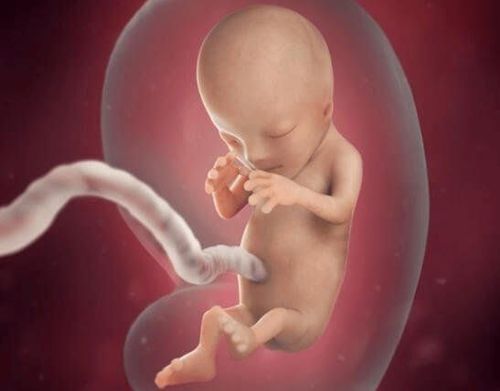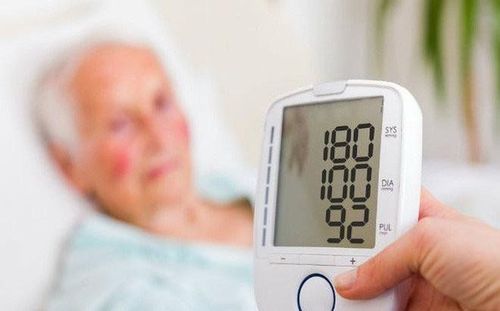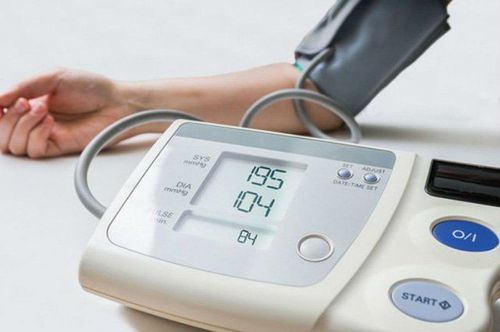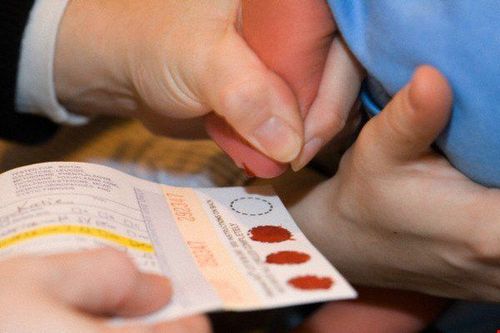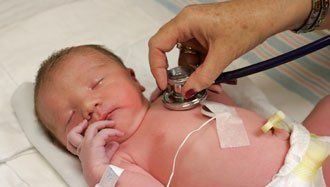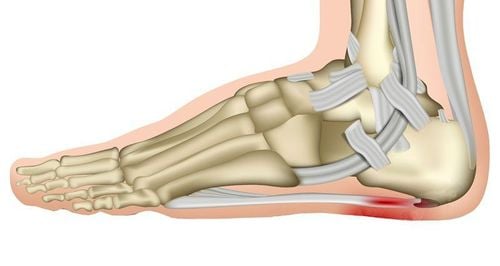Nội dung bạn đang tìm kiếm không có phiên bản tiếng Việt.
Vui lòng chọn tiếp tục để xem nội dung tiếng Anh hoặc đi đến trang chủ Tiếng Việt.
Rất xin lỗi về sự bất tiện này.

Home
Tag Weaning off the ventilator
Articles in Weaning off the ventilator

What to do if weaning off the ventilator fails?
Prolonged mechanical ventilation will cause patients to be at risk of hospital-acquired infections, lung damage, and even death. The process of weaning from mechanical ventilation requires a lot of effort, monitoring, and caution because the patient may encounter risks such as cardiovascular disorders, gas exchange disorders, increased respiratory work, muscle fatigue, etc. leading to failure in weaning from mechanical ventilation. So what should be done when weaning from mechanical ventilation fails?
Xem thêm

Conditions for extubation and weaning off ventilator
Prolonged mechanical ventilation will have many risks of hospital infection, lung damage, on the other hand, the treatment cost is expensive but still has the risk of causing death for the patient. Therefore, for patients on mechanical ventilation, the process of weaning from the ventilator needs to be quickly assessed so that the ventilator can be removed as soon as possible. This process needs to be considered right from the beginning of mechanical ventilation.
Xem thêm
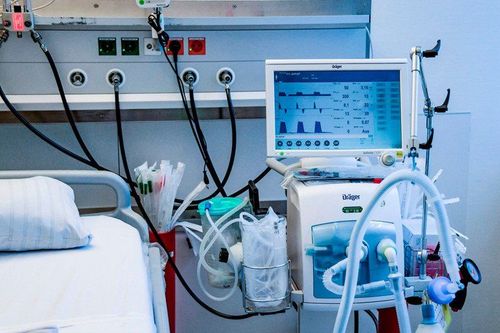
Weaning off mechanical ventilation: Procedure and treatment when patient weaning fails
Weaning from a ventilator is the process of gradually reducing the support of the ventilator and gradually increasing the patient's natural breathing to achieve the target when removing the ventilator. This process can take place from several days to several weeks, even months. Weaning a patient from a ventilator when: the cause of ventilation has been treated, gas exchange is maintained with the lowest level of support (ability to breathe on your own < 30 breaths/minute)...
Xem thêm
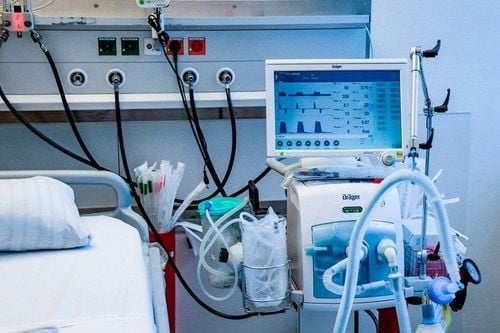
Difficulty weaning off ventilator
Patients are considered difficult to wean from mechanical ventilation if they fail the first spontaneous breathing trial (SBT) and require three SBTs or seven days to successfully achieve SBT. Up to 40% of patients on mechanical ventilation for acute illness in ICUs are difficult to wean from mechanical ventilation.
Xem thêm

Technical process for self-breathing with T tube
After the patient is removed from the ventilator but the endotracheal tube cannot be extubated, the operator will let the patient breathe in a T-tube. The T-tube can breathe through a tracheostomy tube or through an endotracheal tube.
Xem thêm
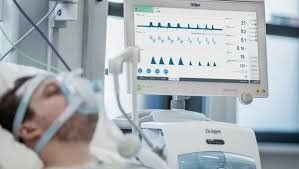
Technical procedure for weaning from mechanical ventilation by synchronized breathing and intermittent control (SIMV)
For patients on long-term mechanical ventilation, weaning off mechanical ventilation using PSV, or difficult or failed trials of CPAP or T-tube, SIMV is the appropriate method to choose.
Xem thêm
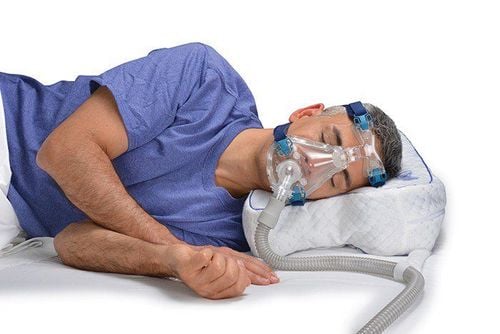
CPAP self-breathing test technique
Currently, patients on ventilators, weaned off ventilators by CPAP or T-tube trials are often used clinically to avoid hospital-acquired infections, lung damage due to ventilators, expensive treatment costs leading to difficulty in weaning off ventilators and the patient's risk of death.
Xem thêm
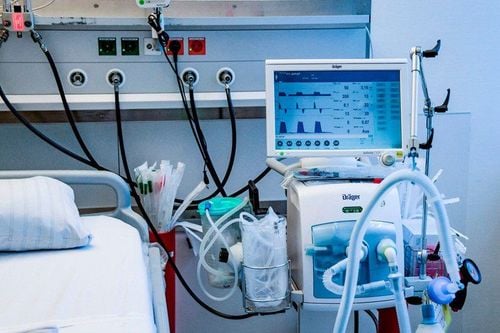
Some issues to note about mechanical ventilation and ventilator weaning in patients with traumatic brain injury
In patients with neurological impairment such as those with traumatic brain injury, the goal of ventilation is to optimize oxygen saturation, limit ventilator-related injury, and ensure ventilation (CO2 removal). Equally important is to avoid secondary brain injury, including problems associated with positive pressure ventilation: hypoxia, hypotension, excessive or prolonged hypercapnia, and increased intracranial pressure.
Xem thêm




